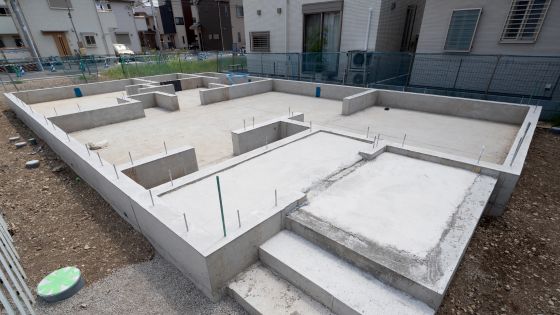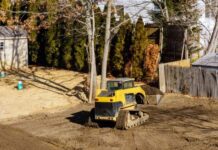Think of your house as an operational thing. For security and longevity a house needs a strong base just like a person needs a strong back to stand tall. Residential foundations are the hidden stars who keep our homes safe and lasting a long time. People don’t just build dreams on these basic structures, which are more than just concrete floors.


They protect dreams from the forces of nature and time. Whether you’re a renter dreaming of your ideal home, a planner making plans, or a builder laying the foundation, it’s important to know how important a strong base is.
Importance of Professional Structural Engineers
Home foundations are like oak tree roots offers steady support and stability. This foundation is laid by hidden heroes who are skilled structural engineers. Their expertise goes beyond plans to soil qualities creating custom foundations that fit varied landscapes. SLN Consulting are structural engineer in Brisbane lighthouse, which stands. Their unique approach to residential foundations exceeds expectations.
Their secret? A mix of technical expertise and a strong desire to protect every property they strengthen. SLN Consulting creates home foundations that are marvels of durability and competence.
Types of Foundations
When constructing a residential property there are various types of foundations which are available and each suited to different soil conditions and structural needs. Let’s explore some types that are best for different conditions.
Slab-on-Grade is ideal for regions with stable soil conditions and warmer climates.
Crawl Space is suitable for areas with moisture issues or uneven terrains.
Wood Foundation are often used in regions with abundant timber resources, offering a cost-effective and sustainable solution.
Stone Foundation are suitable for historical or heritage buildings, providing durability and a rustic aesthetic.
Individual Footing or Isolated Footing are perfect for supporting individual columns or isolated loads in structural designs.
Combined Footing is beneficial when two or more columns are closely spaced and distributing loads efficiently.
Spread Footings or Strip Footings and Wall Footings are ideal for distributing building loads over a wider area, commonly used in residential construction.
Raft or Mat Footing is suitable for areas with poor soil bearing capacity, providing a continuous foundation support.
In Australia, considering the diverse geological conditions, the choice of foundation type plays a pivotal role in ensuring stability.
Common Issues with Residential Foundations
Even with careful design and construction, house foundations may settle, fracture or develop moisture concerns. Taking proactive steps could fix and avoid these kinds of problems. Regular checks can spot problems early.
Repairs and preventative actions are crucial to residential foundation stability. These preventative actions may protect houses from foundation wear and tear extending their lifespan and stability.
Foundation Maintenance and Longevity
Residential foundations need frequent upkeep to survive. Simple yet effective habits may strengthen a home’s foundation. Manage drainage, grade correctly and treat foundation concerns immediately.
These preventative measures are essential to a foundation longevity. By doing these simple but important actions homeowners can help their home foundation last for years.
Conclusion
Residential foundations silently protect a home’s strength and endurance. To strengthen a home structure homeowners must understand foundation types, value professional advice and practice regular maintenance.
By emphasizing these core elements homeowners protect their house and create an oasis of security that can withstand time and nature. Foundations are the bottom notes of home building providing stability and harmony to a safe and long lasting structure.
FAQs:
1. How can homeowners identify potential issues with their residential foundations?
Keep an eye out for cracks that are evident, flooring that are uneven, doors or windows that are stuck and moisture gathering in crawl spaces or basements respectively.
2. Why is soil assessment crucial in choosing the right foundation for a residential property?
The soil assessment is used to identify the stability and composition of the soil which are important aspects that influence the strength and longevity of the foundation.
3. How often should residential foundations undergo maintenance checks?
Inspections should be performed on a regular basis at least once a year in order to identify any problems at an early stage and execute preventative maintenance to guarantee the foundation optimum health.

























